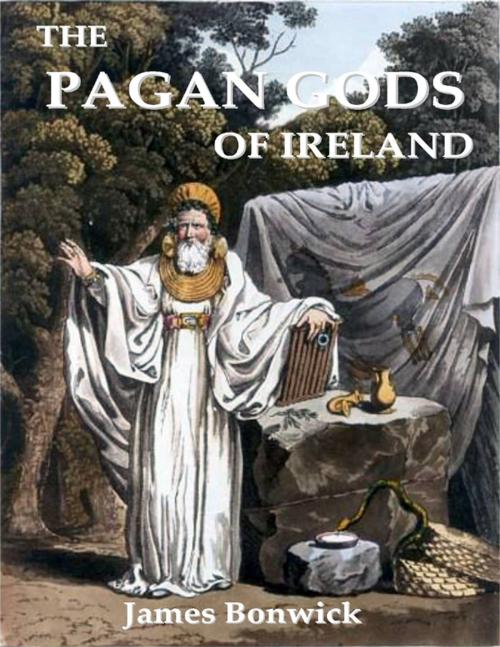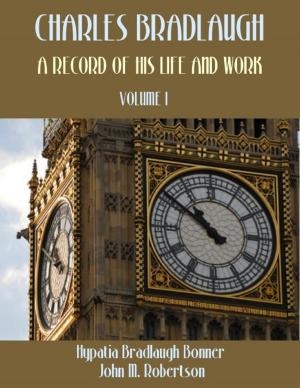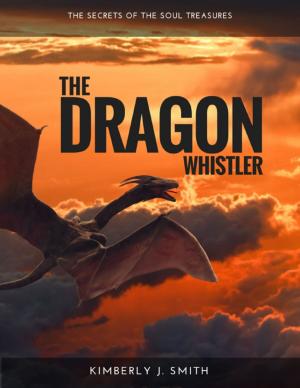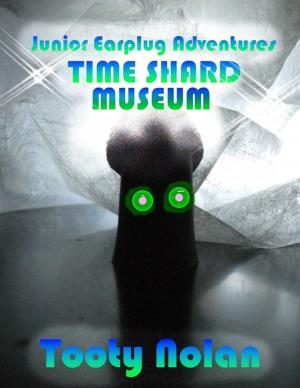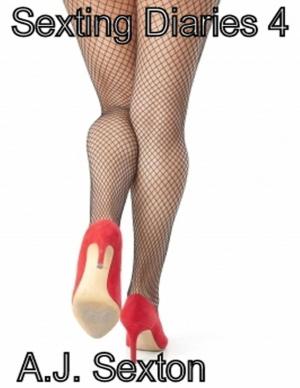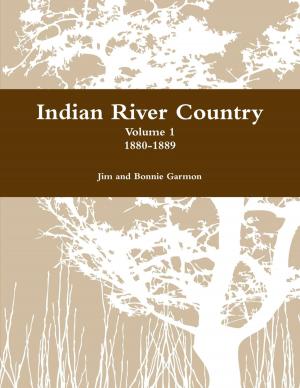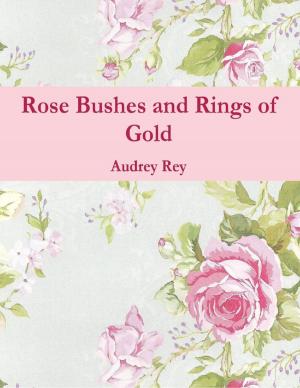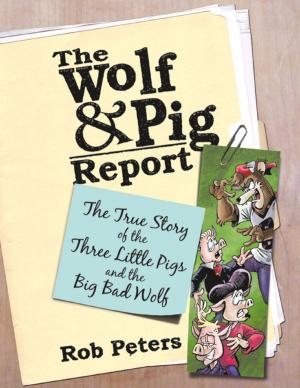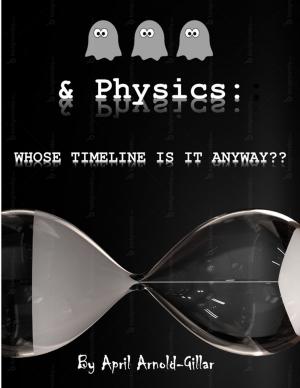| Author: | James Bonwick | ISBN: | 9781365833267 |
| Publisher: | Lulu.com | Publication: | March 18, 2017 |
| Imprint: | Lulu.com | Language: | English |
| Author: | James Bonwick |
| ISBN: | 9781365833267 |
| Publisher: | Lulu.com |
| Publication: | March 18, 2017 |
| Imprint: | Lulu.com |
| Language: | English |
The god most prominently set forth in early Irish missionary records is Crom, Cromm Cruach or Cenn Crûach, the bleeding head; or Cromm Cruaich, the Crooked or Bent One of the Mound. The Mother of the Irish gods,--the Bona Dea of Romans--appears to have been the Morrigan, to whom the white-horned bull was sacred. She was the Great Queen. The Female Principle was adored by the old Irish in various forms. As the Black Virgin, she is the dark mould, or matter, from whose virgin material all things proceed. She is the Ana-Perema, of the Phœnicians, and the queen of women. She may be the Brid, Bride or Bridget, goddess of wisdom, but daughter of the Druid Dubhthach. Samhan, literally servant, is derived from Sam, the sun; so, samh-an, like the sun. As the Irish Pluto, he is guardian of the Dead. As such, he would receive the prayers for souls on Hallow Eve…
The god most prominently set forth in early Irish missionary records is Crom, Cromm Cruach or Cenn Crûach, the bleeding head; or Cromm Cruaich, the Crooked or Bent One of the Mound. The Mother of the Irish gods,--the Bona Dea of Romans--appears to have been the Morrigan, to whom the white-horned bull was sacred. She was the Great Queen. The Female Principle was adored by the old Irish in various forms. As the Black Virgin, she is the dark mould, or matter, from whose virgin material all things proceed. She is the Ana-Perema, of the Phœnicians, and the queen of women. She may be the Brid, Bride or Bridget, goddess of wisdom, but daughter of the Druid Dubhthach. Samhan, literally servant, is derived from Sam, the sun; so, samh-an, like the sun. As the Irish Pluto, he is guardian of the Dead. As such, he would receive the prayers for souls on Hallow Eve…
